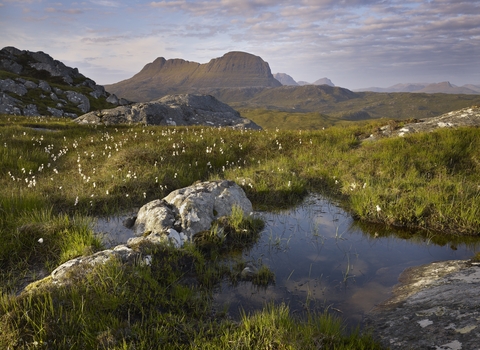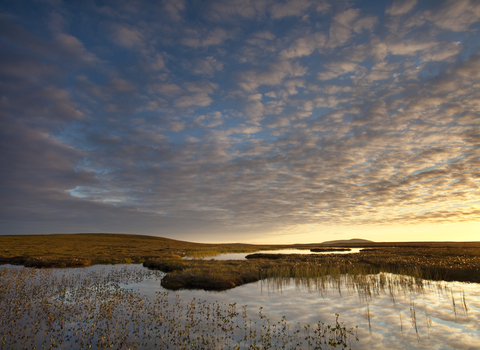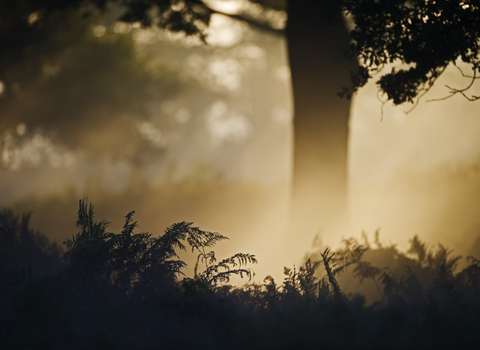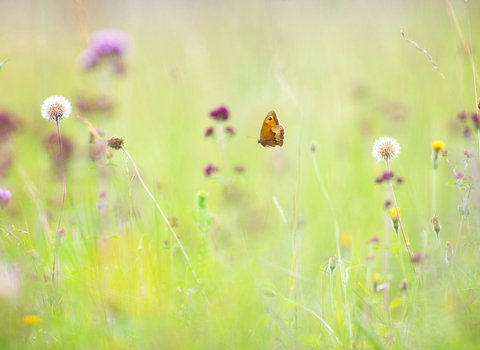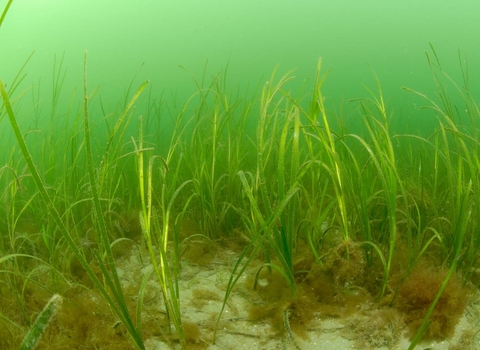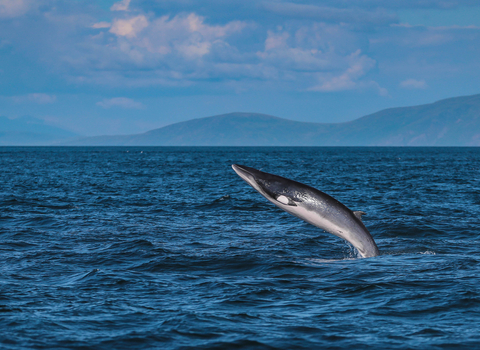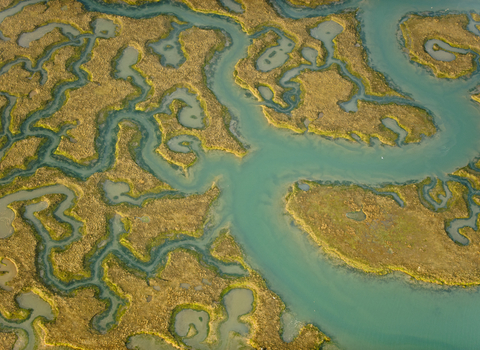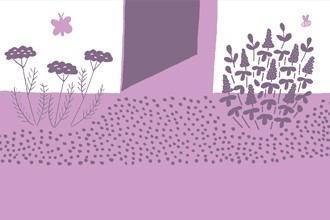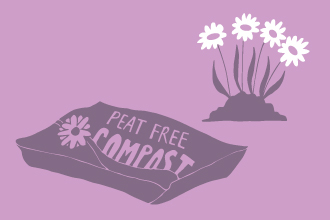A global emergency
We are in the middle of a climate and nature emergency, and the two are inextricably linked. Climate change is driving nature’s decline, and the loss of wildlife and wild places leaves us ill-equipped to reduce carbon emissions and adapt to change.
One cannot be solved without the other.
We know from experience that restoring nature can help soak up carbon emissions - known as natural solutions to climate change - whilst contributing many additional benefits. When healthy, our natural habitats can reduce the risk of flooding, help prevent coastal erosion, improve people’s health and wellbeing, as well as maintain healthy soils, clean water and the pollinators needed for our crops – and therefore sustain us.
Nature itself is at risk from climate change, but if helped to recover, its potential to store carbon does mean it can help us to turn the tide on the climate catastrophe.
What are The Wildlife Trusts doing?
For decades, Wildlife Trusts up and down the country have been working on the ground to restore nature. We protect and recover important habitats that lock carbon safely away and limit the effects of climate change, including peatland, saltmarsh, fen and woodland.
The Wildlife Trusts' response
In response to the climate crisis, The Wildlife Trusts are:
- Stepping up our work to restore vital habitats and natural climate solutions on a landscape scale
- Calling for investment in natural climate solutions and nature's recovery, as a priority in tackling climate change, such as plans to achieve net zero
- Pushing for the creation of a national Nature Recovery Network to restore thriving ecosystems and give wildlife space to adapt
- Ensuring natural solutions are at the heart of local and national decision-making, such as planning, and working to protect them from damaging development and infrastructure projects
- Working to ensure people of all walks of life can connect with and enjoy nature, for the benefit of our health and wellbeing.
Addressing our own carbon footprint
From travel to running our visitor centres to powering our operations and even our conservation work, The Wildlife Trusts recognise that our activities can have an impact on the climate crisis. We are currently assessing our footprint and will set out our ambitions to become carbon neutral - or even carbon negative - as a movement.
Green carbon solutions to climate change
Our habitats on land have a huge role to play in addressing climate change. Globally, plants have removed 25% of human-made carbon emissions, whilst our soils contain more carbon than is stored in those plants and the atmosphere combined!
Blue carbon solutions to climate change
Blue carbon has a huge role to play in tackling climate change. Oceans absorb 20-35% of human-made carbon emissions every year. Carbon is part of the whole system - stored in the tissues of the plants and animals, and in the mud and sediments.
Top tips
There are plenty of things that you can do at home to help the environment.
We've long called for changes in laws and practices that properly protect and restore nature, including a Nature Recovery Network to map, join up and restore habitats.

